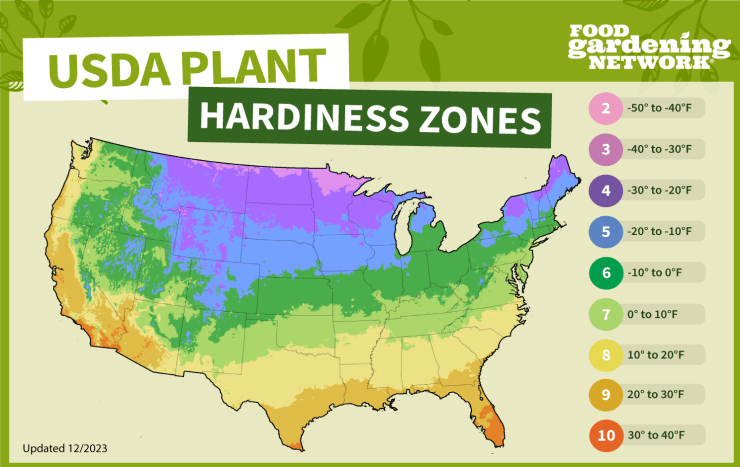Avocados thrive in warm climates and are typically grown in USDA hardiness zones 9 to 11. Here are examples of U.S. states and territories that fall within these recommended growing zones:
Zone 9: This zone includes regions with mild winters and long, hot summers. Some states in this zone are:
- California (parts of Southern California, including San Diego, Los Angeles, and Santa Barbara)
- Arizona (parts of Southern Arizona, such as Phoenix and Tucson)
- Texas (parts of Southern Texas, including the Rio Grande Valley)
Zone 10: This zone is characterized by warm temperatures throughout the year, with mild winters. Some states in this zone are:
- California (parts of Central and Southern California, including San Francisco, Sacramento, and Fresno)
- Florida (most of the state)
- Hawaii (entire state)
Zone 11: This zone includes areas with consistently warm temperatures and no frost. Some states and territories in this zone are:
- Florida (southernmost parts, including Miami and the Florida Keys)
- Hawaii (entire state)
- Puerto Rico
Growing avocados indoors can be challenging, as they are large trees that require a significant amount of space, sunlight, and suitable growing conditions. However, it is possible to grow dwarf varieties of avocados in containers indoors, provided certain conditions are met.
Indoor avocado trees need a lot of light, so placing them near a sunny window or using supplemental grow lights is necessary. Adequate humidity, good airflow, and regular watering are also important for indoor avocado plants. Keep in mind that even with optimal conditions, it may be challenging to achieve fruit production indoors.
Check out the USDA Plant Hardiness Zone Map and find out what zone your zip code is located in here. Or you can use our map to get a general idea of what your plant hardiness zone is.



 Previous
Previous


Is there any way to grow them in zone 6? Green house, in home? ????